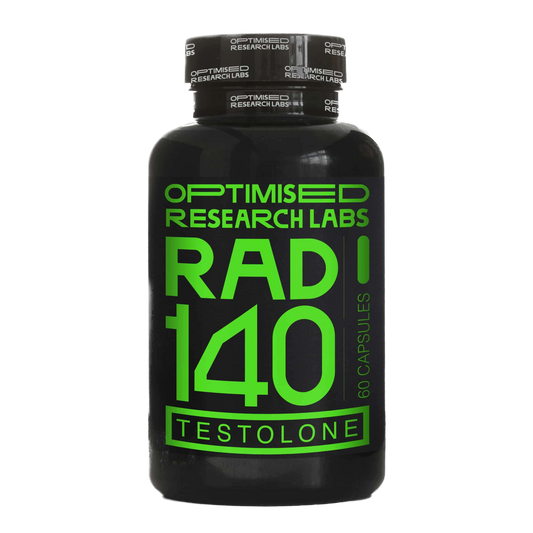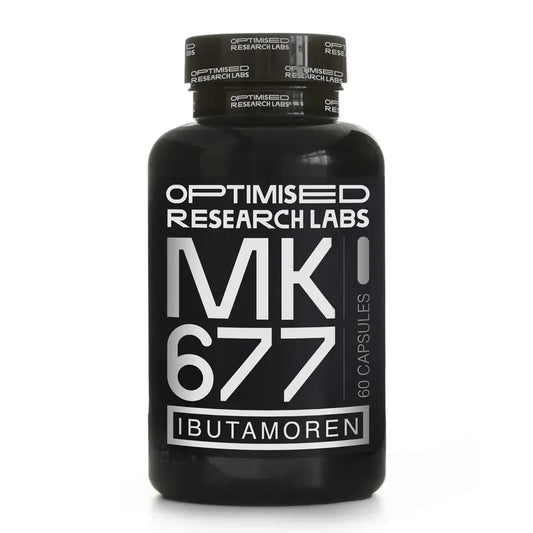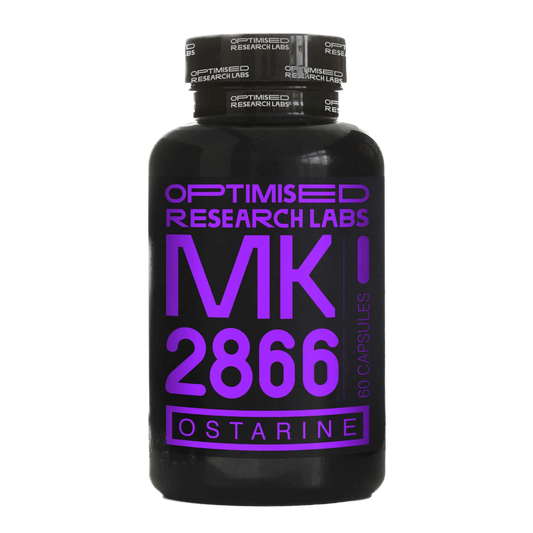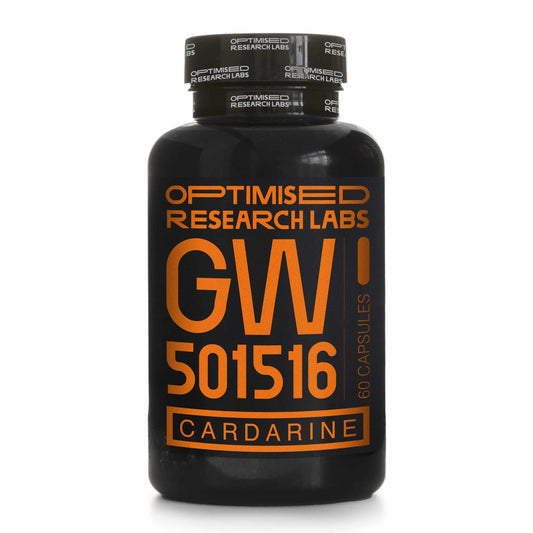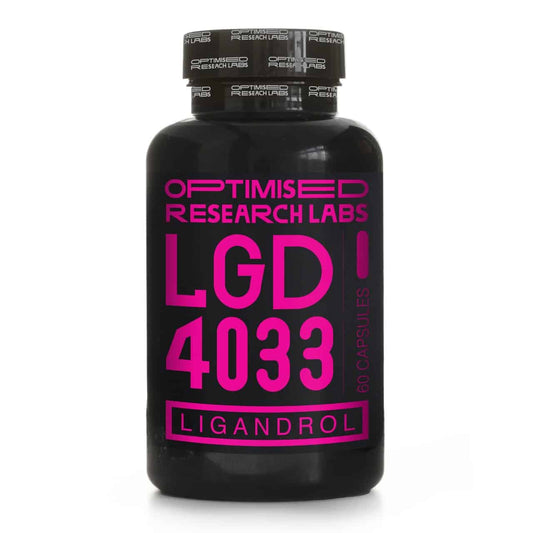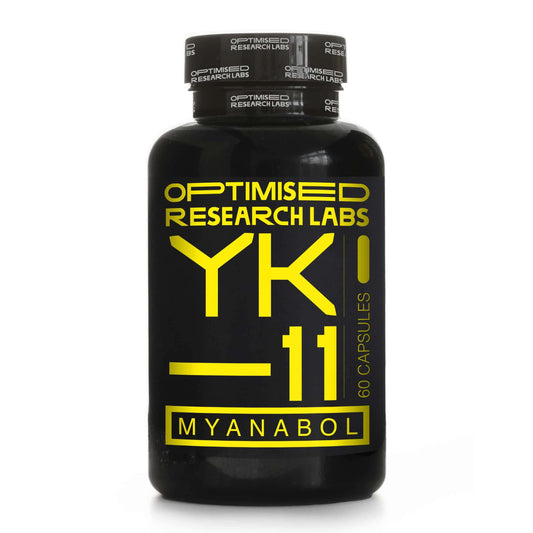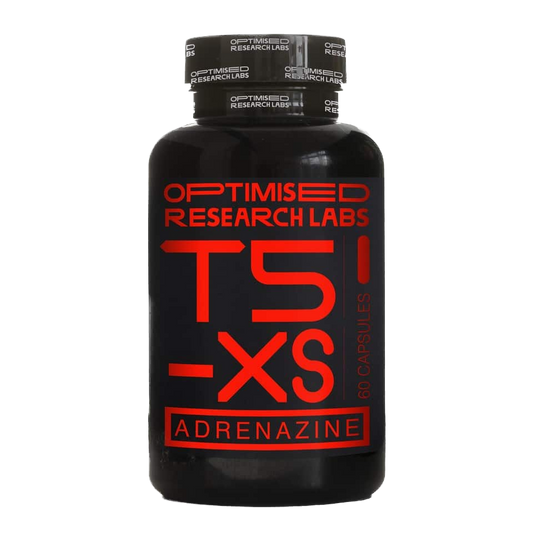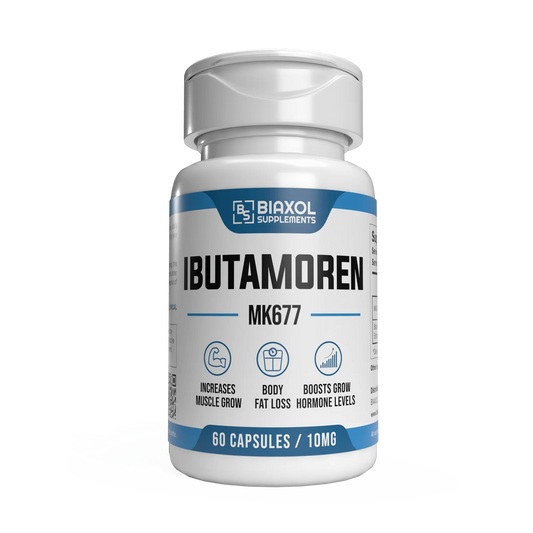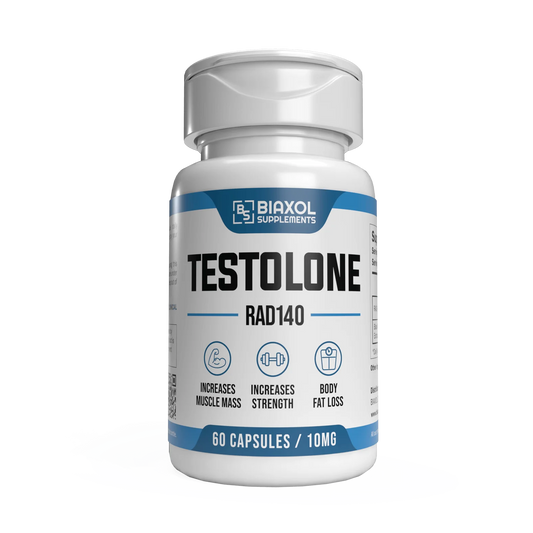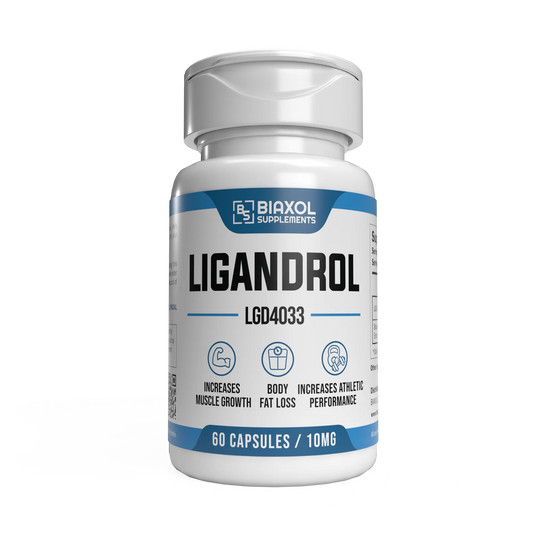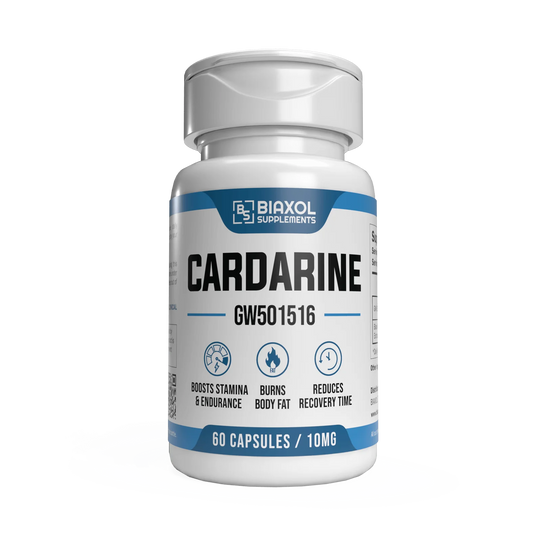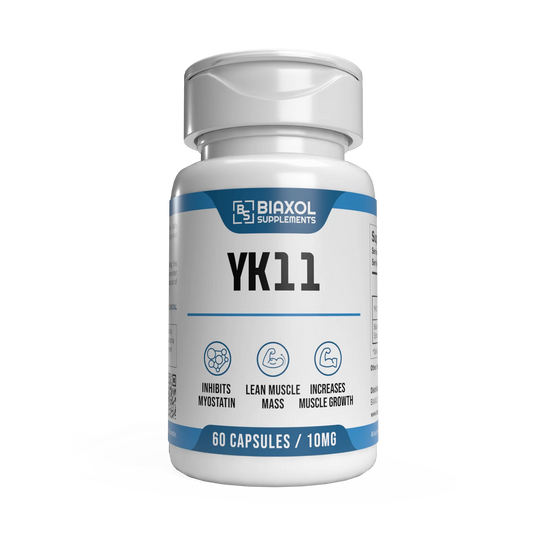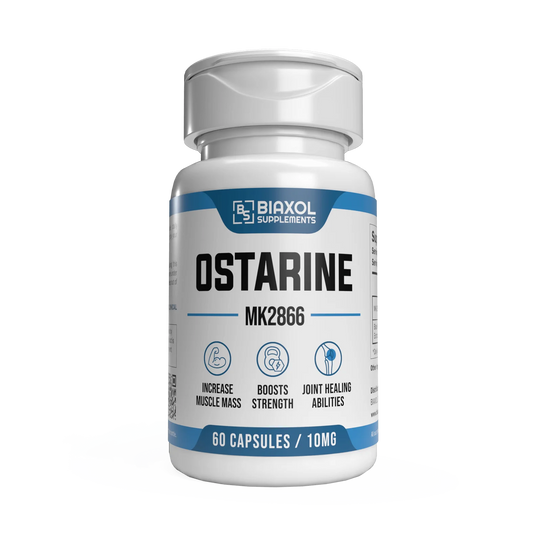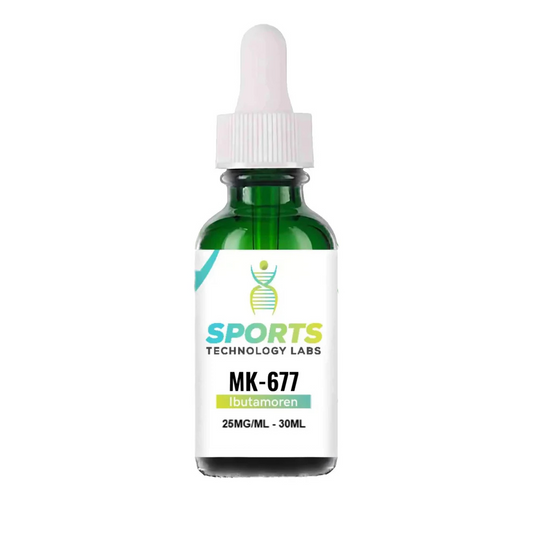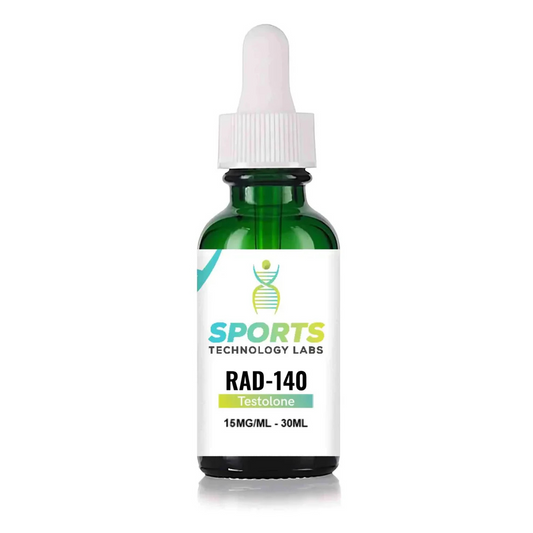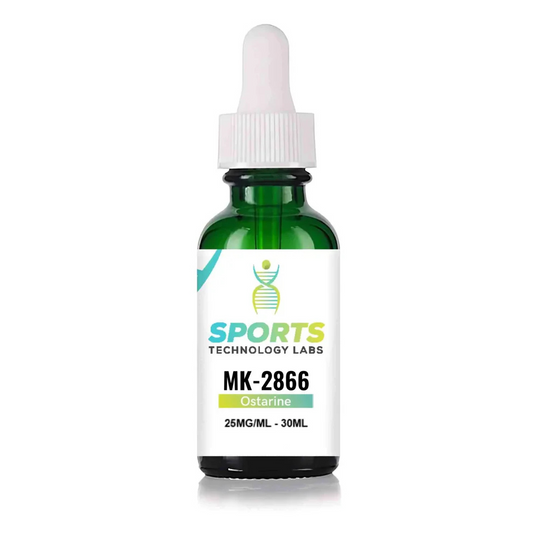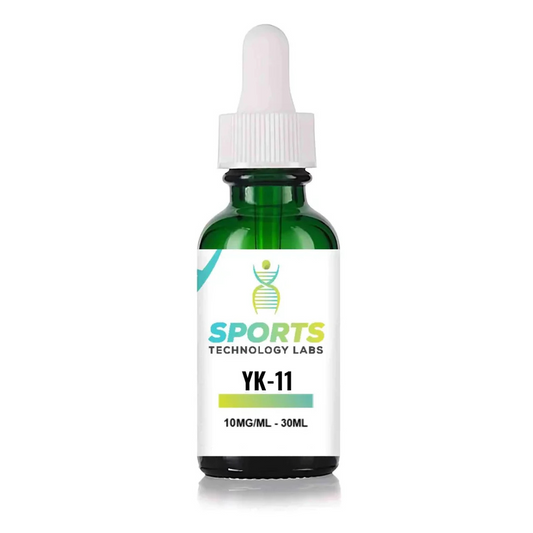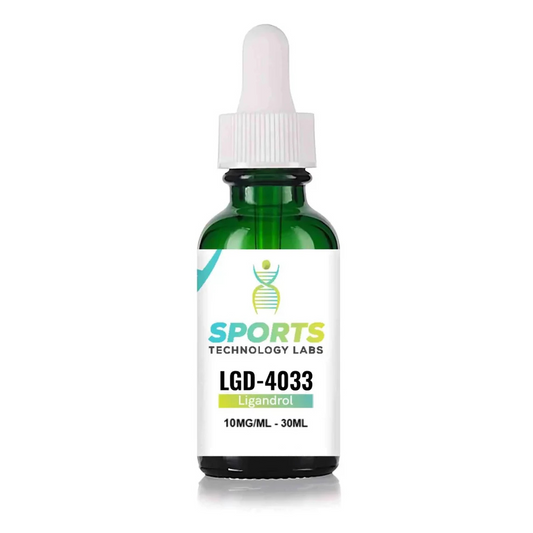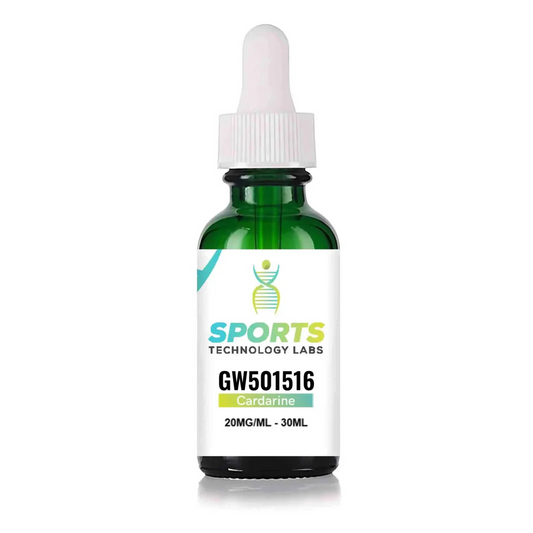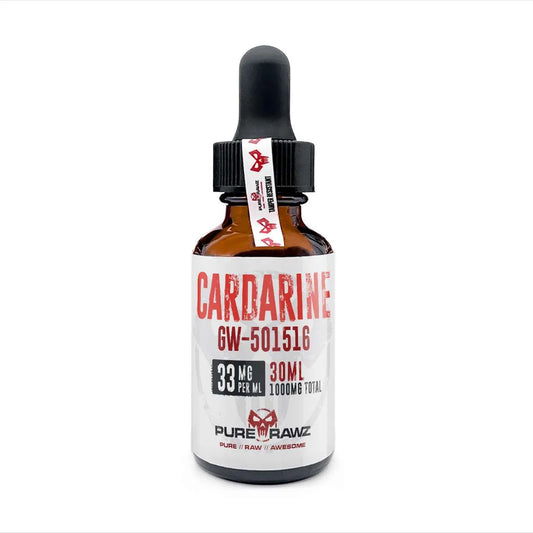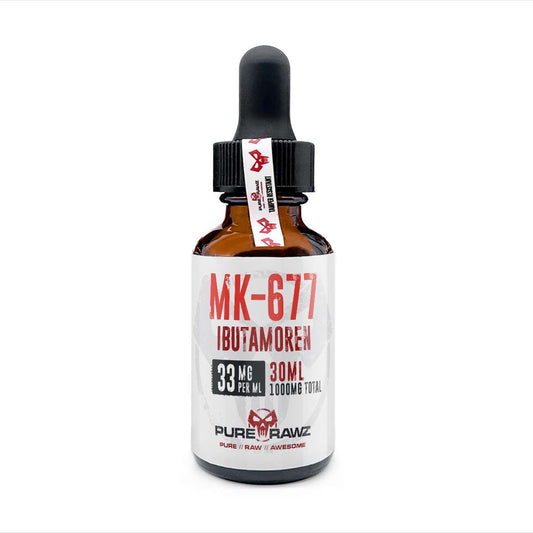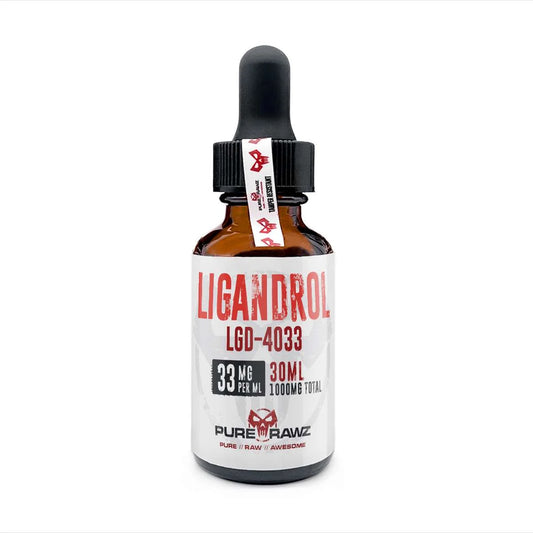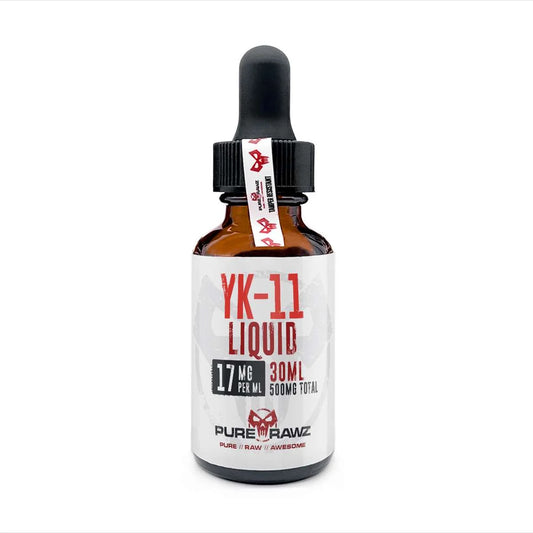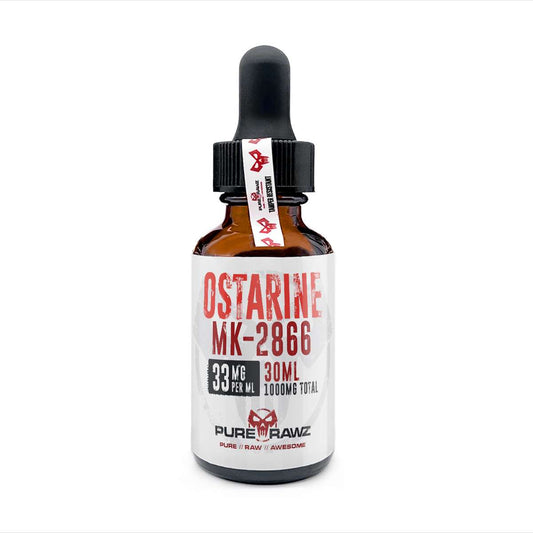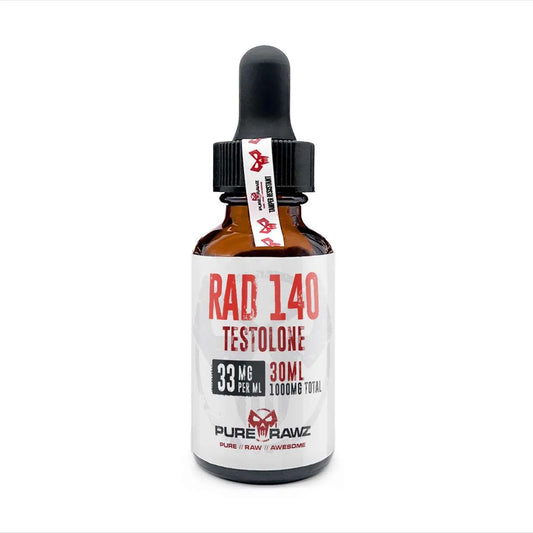Bioavailability & Half-Life of Popular SARMs

When studying Selective Androgen Receptor Modulators (SARMs), two of the most important factors researchers consider are bioavailability and half-life. These properties determine how long a compound remains active in the body and how efficiently it is absorbed.
In this guide, we’ll break down the half-life and bioavailability of popular SARMs such as Ostarine (MK-2866), RAD-140 (Testolone), and LGD-4033 (Ligandrol) — all supported by published data.
⚠️ Disclaimer: SARMs are sold strictly for research purposes only. They are not approved for human consumption. This article is for informational and educational purposes only.
What Do Bioavailability & Half-Life Mean?
- Bioavailability: The percentage of an administered dose that successfully enters circulation and is available for activity.
- Half-Life: The time required for the plasma concentration of a compound to reduce by 50%.
Both metrics are critical for researchers because they impact:
- The stability of results in experiments.
- How frequently a compound may need to be administered.
- Comparisons between SARMs for strength, cutting, or recovery research.
Half-Life & Bioavailability of Popular SARMs
| SARM | Approximate Half-Life | Notes on Bioavailability |
|---|---|---|
| Ostarine (MK-2866) | ~24 hours | Good oral bioavailability; studied in multiple human trials. |
| RAD-140 (Testolone) | ~60 hours | High potency; longer duration of action. |
| LGD-4033 (Ligandrol) | ~24–36 hours | Strong oral bioavailability; widely studied. |
| YK-11 | ~6–10 hours | Limited published data; shorter half-life means frequent dosing in trials. |
| S-4 (Andarine) | ~4–6 hours | Lower bioavailability; may require multiple administrations per day in studies. |
| MK-677 (Ibutamoren) (not a SARM, but often grouped) | ~24 hours | Excellent oral bioavailability; studied in growth hormone research. |

👉 For more compound-specific information, see our comparison article: Ostarine vs RAD-140: Research Review.
Why Half-Life Matters in SARM Research
- Consistency in Results: A longer half-life (like RAD-140’s ~60 hours) means more stable concentrations, leading to consistent outcomes in trials.
- Dosing Frequency: Shorter half-lives (e.g., S-4) may require multiple daily administrations to maintain effectiveness in research.
- Stacking Studies: When SARMs are studied in combination (stacks), understanding half-lives prevents overlapping concentrations that could complicate results.
Stability & Storage Considerations
SARMs can degrade if not stored correctly, which impacts both bioavailability and potency.
- Store in a cool, dry place.
- Keep away from direct light.
- Follow COA-based stability timelines.
Internal & External Research References
- Internal links:
- External links:
- PubMed – SARMs Pharmacokinetics Studies
- NIH – National Library of Medicine
- FDA Guidance on Investigational Compounds
FAQs
Q: Which SARM has the longest half-life?
RAD-140 (Testolone) is reported to have a half-life of around 60 hours, making it one of the longest lasting SARMs studied.
Q: Why does bioavailability matter in SARM research?
It determines how much of a compound becomes active in the body, influencing results, stability, and dosing schedules in trials.
Q: How long does Ostarine stay in your system?
Ostarine (MK-2866) has an approximate half-life of 24 hours, meaning it may remain detectable for several days after administration in studies.
Q: Do SARMs degrade over time?
Yes, improper storage can impact stability and potency. Always refer to the product’s COA for guidance.
Final Thoughts
Understanding the bioavailability and half-life of SARMs is crucial for accurate and consistent research. Compounds like Ostarine and RAD-140 remain some of the most studied SARMs due to their stability, while shorter half-life SARMs like S-4 offer different insights.
At SMART SARMS, we provide a wide range of worldwide SARMs to support reliability in research, offering options that cater to both beginners and advanced studies, with consistent quality and availability.
👉 Browse our full SARMs collection here.

